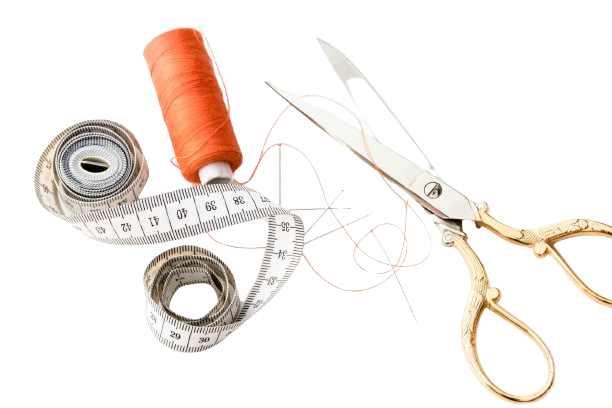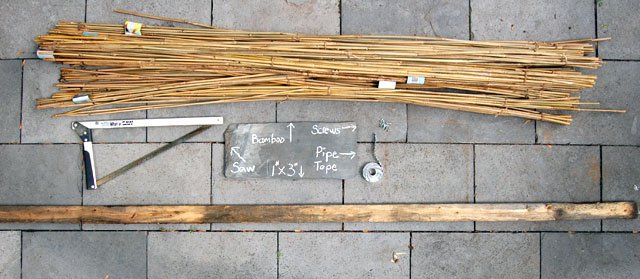What Is A Kerf? Everything You Need To Know
When working with materials like wood, metal, or plastic, precision is paramount. One concept crucial to achieving this precision is the kerf. Whether you’re a seasoned craftsman, an amateur woodworker, or someone dabbling in DIY projects, What is a Kerf? and how it affects your work is essential.
What is a Kerf?
A kerf is defined as the thickness of the material that is removed by a cutting function. It is the space that is left when a saw blade or a cutting tool cuts through a material. This gap is calculated in relation to the thickness of the blade or tool used, as well as the specific cutting technique applied.
Origin of the Term
The word “kerf” is derived from the Old English word “cyrf”, which means a cut, or a carving. In a later context, it came to define the kerf produced by the operation of the saw.
Types of Kerf
Straight Kerf
A straight kerf is a kerf that is formed by making a linear cut on a material. This is one of the most basic types of kerf and it is frequently used in woodworking and metalworking.
Curved Kerf
A curved kerf is used when making curved or non-linear cuts. This type is quite vital in developing complex designs and forms in material substances.
Thin Kerf
Thin kerf blades have been developed to reduce the amount of material that is cut to generate a narrow kerf. These blades are good for cutting off slender parts of wood and are recommended for intricate carving.
Applications of Kerf
Woodworking
Knowledge of kerf is crucial in woodworking especially when putting together joints, building furniture and structures such as cabinets. In construction, woodworkers employ kerf dimensions so that the joints they cut interlock perfectly.
Metalworking
For example, in welding and fabrication, kerf measurements play an essential role in metalworking. Proper calculations of such kerf allow for proper positioning of the metal sections in question and guaranteed structural stability.
Laser Cutting
Laser cutting is one of the most accurate ways of cutting materials and the kerf is pencil-thin. This precision makes it possible to create complex patterns and structures that cannot be easily created by cutting.
Importance of Kerf
Precision and Accuracy
Kerf is critical to achieving precision when working with materials. When planning cuts, the thickness of the cut or the kerf needs to be added mathematically for the final dimensions of the material. When cutting the kerf is not taken into consideration, it means that the parts are not appropriately fitted which in turn leads to wasted resources and time.
Material Waste
Knowing the kerf helps in minimizing material waste. By accurately calculating the kerf, craftsmen can optimize their material usage, leading to cost savings and a more efficient workflow.
Factors Affecting Kerf
Blade Thickness
The kerf is also determined by the thickness of the blade which forms the basis to the cutting thickness. Thicker blades also cut more material and therefore are associated with a wider kerf. In its turn, the blade thickness will depend on the requirements of specific tasks.
Cutting Speed
Another factor that may influence the kerf is the speed at which the cutting tool travels across the material. Elevating the cutting speed may lead to an increase in the kerf width because the material expands slightly when heat and friction are applied to it.
Material Type
They found that varying types of material behave in a different manner when subjected to the cutting process. While working on different types of materials, it will be found that softer materials such as wood will have narrower kerf as compared to the metals’ kerf which may require different blades to cut.
Calculating Kerf
Measuring the Blade
In order to establish the kerf, you need to determine the thickness of the blade. This measurement will help in determining the kerf width set as the initial measurement.
Adjusting for Material and Speed
Think about the type of material that is to be cut as well as the cutting speed. Some of these include; Hence, make the needed modifications for the right kerf width based on these factors.
Testing Cuts
Make test cuts on waste materials to find out the actual kerf created by the cutter. This practice enables modifications to be made before attempting the final composition.
Tools and Techniques
Saws
- Table Saws: Frequently utilized in construction work and carpentry, table saws result in a uniform and accurate kerf.
- Circular Saws: Circular saws are available as portable or hand-held saws for straight and curved cuts.
- Band Saws: Good when making curves, band saws may have different thicknesses depending on the blade chosen.
Advanced Cutting Tools
- Laser Cutters: These tools give a thin slot or channel which is good for shaving and fine cuts.
- CNC Machines: Machines that are operated with a computer and designed for precise cutting with adjustable kerf widths.
Tips for Managing Kerf
Blade Selection
It is recommended to select the appropriate blade type and design for your material and application requirements. If the cutting is to be precise then a thin band might be suitable for the purpose and if the material is tough or thick then wider bands are preferred.
Regular Maintenance
Blades should be kept sharp and well-maintained to achieve and maintain a consistent kerf width. Blunt knives lead to a widening of the kerf and poor-quality cuts.
Planning Cuts
Account for the kerf in your project plans. Measure twice and cut once to ensure that all pieces fit together as intended.
Challenges with Kerf
Material Expansion
During cutting, heat is produced and as a result, the material expands leading to variability in the width of the kerf. This is especially the case with the application of heat in metalworking, which necessitates efficient heat control.
Tool Wear
Even with the usage of these tools, the kerf may alter as the tools wear down. Inspection and cleaning of tools should be a routine activity to ensure that the tools deliver an accurate result.
Innovations in Kerf Management
Adjustable Kerf Blades
Modern advancements have allowed for the use of adjustable kerf blades, which allow for the thickness of the kerf to be changed depending on the intended use.
Software Solutions
As a result of modern software applications, craftsmen can program and anticipate cuts and kerf facilitating planning and minimizing mistakes.
Read Also: Double Die Coin: Rare Treasure or Common Error?
Final Words
To be clear, it is highly important for anyone who deals with cutting materials, be it wood, metal, or any other material. Through the understanding of kerf, craftsmen are then able to work more accurately, reduce wastage, and generally create more quality work. Gradually, with the evolution of technology, improved applications and methods continue to evolve leading to better control of kerf and better craftsmanship in more innovative ways.







